An unmistakable and attractive moth whose English name comes from the heart-shaped markings in the central part of the forewings. The scientific names refer to the two circular markings next to the ‘heart’ on the forewings, Dicycla meaning ‘two-circle’, and oo literally meaning ‘double O’.
The species is single-brooded and eggs are laid in July on twigs in the canopy of large Oak trees and overwinter. Caterpillars can be found from April to early June, between leaves tightly spun together to create a protective ‘tent’. In June they pupate in a fragile cocoon, with adults flying at night from mid-June to July.
Adults moths do not tend to be attracted to light until late at night, usually after midnight. The best methods are to attract adults through the use of artificial baits, such as sugar, at dusk, and light-trapping after dark.
Flight Season
Flies from mind-June to July in one generation.
Size and Family
- Family – Noctuidae
- Small / Medium Sized
- Wingspan Range – 32-38mm
Conservation status
- UK BAP: Priority Species
- Red Data Book species
- Very Local
Read about our Woodland Wings project to local and improve habitat for the Heart moth.
Caterpillar Food Plants
Caterpillars feed at night on the leaves of mature Oak trees (Quercus spp).
Habitat
Associated with mature oaks in parkland, commons, hedgerows around fields, and with openly spaced trees on woodland rides or edges.
Distribution
- Countries – England
-
Formerly widely recorded in central southern and south-eastern England, the moth has been recently recorded from only a small number of sites in Surrey, Berkshire and Northamptonshire.
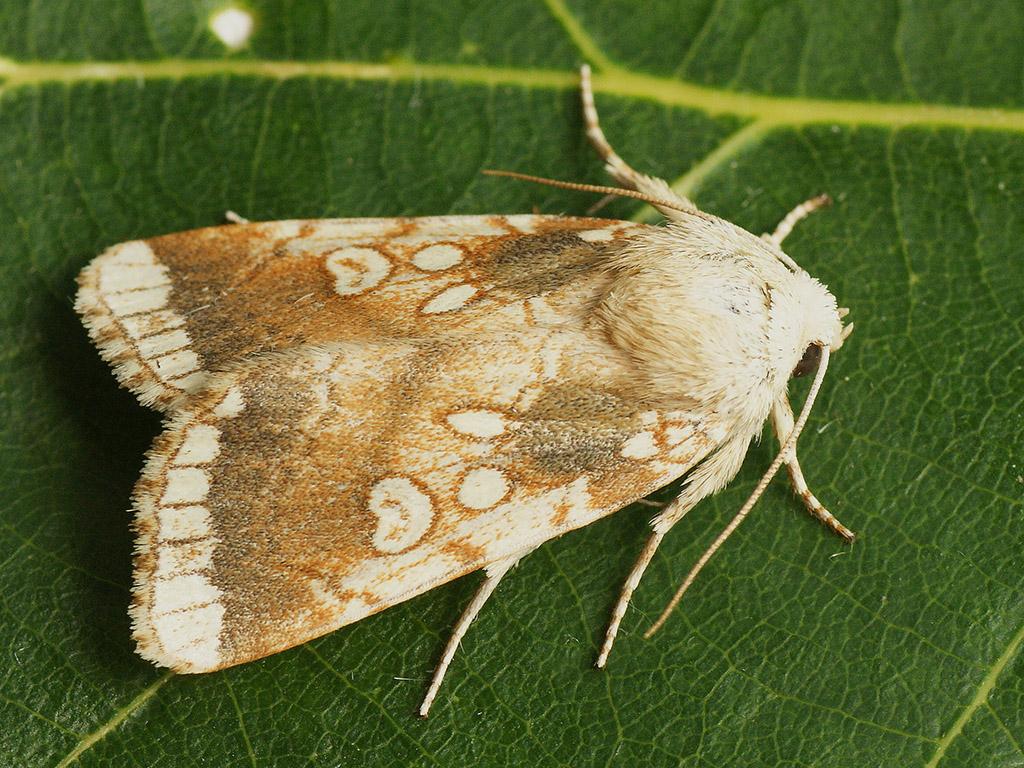
Heart moth - Ilia Ustyantsev
Heart moth
Ilia Ustyantsev
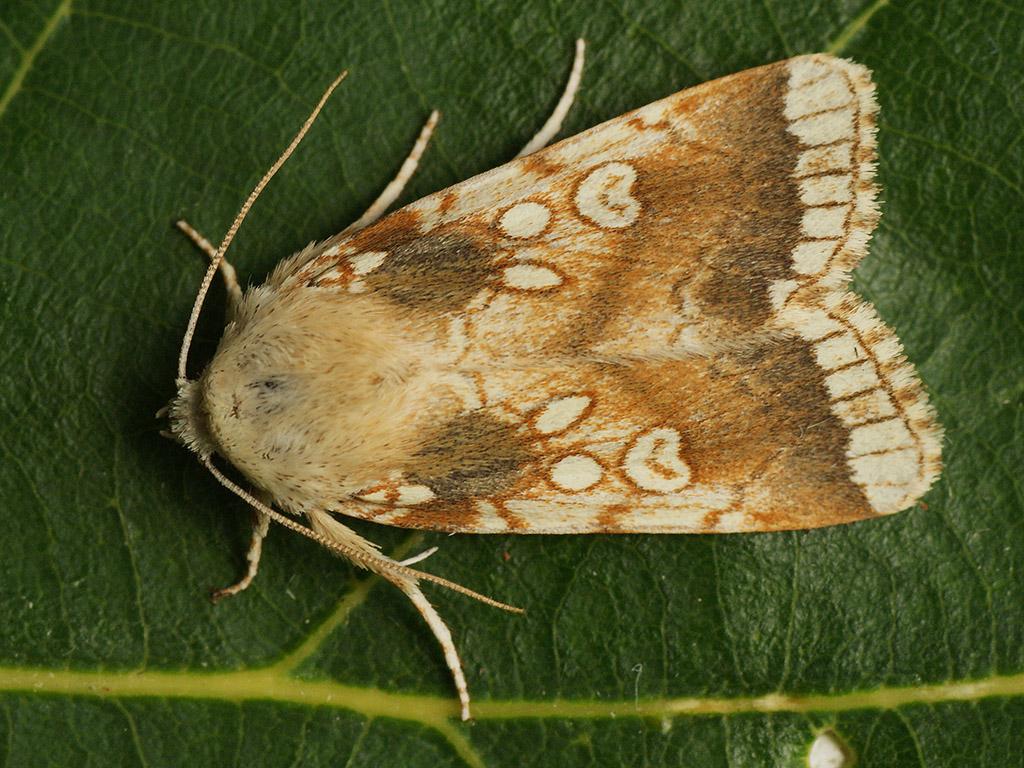
Heart moth - Ilia Ustyantsev
Heart moth
Ilia Ustyantsev
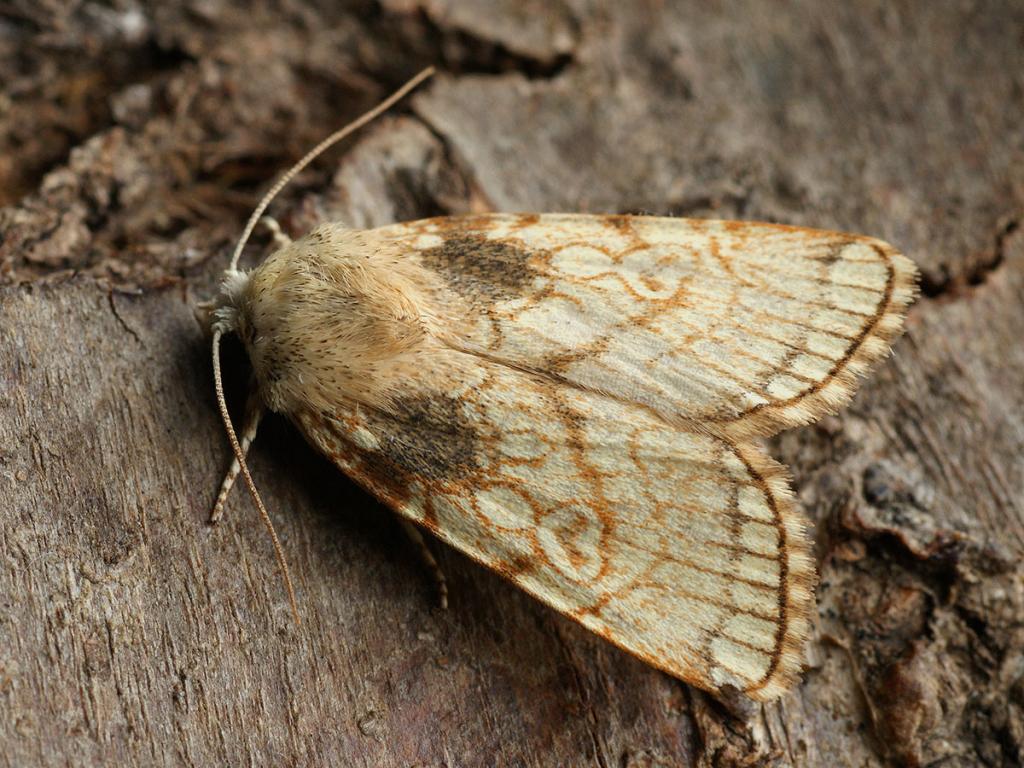
Heart moth - Ilia Ustyantsev
Heart moth
Ilia Ustyantsev
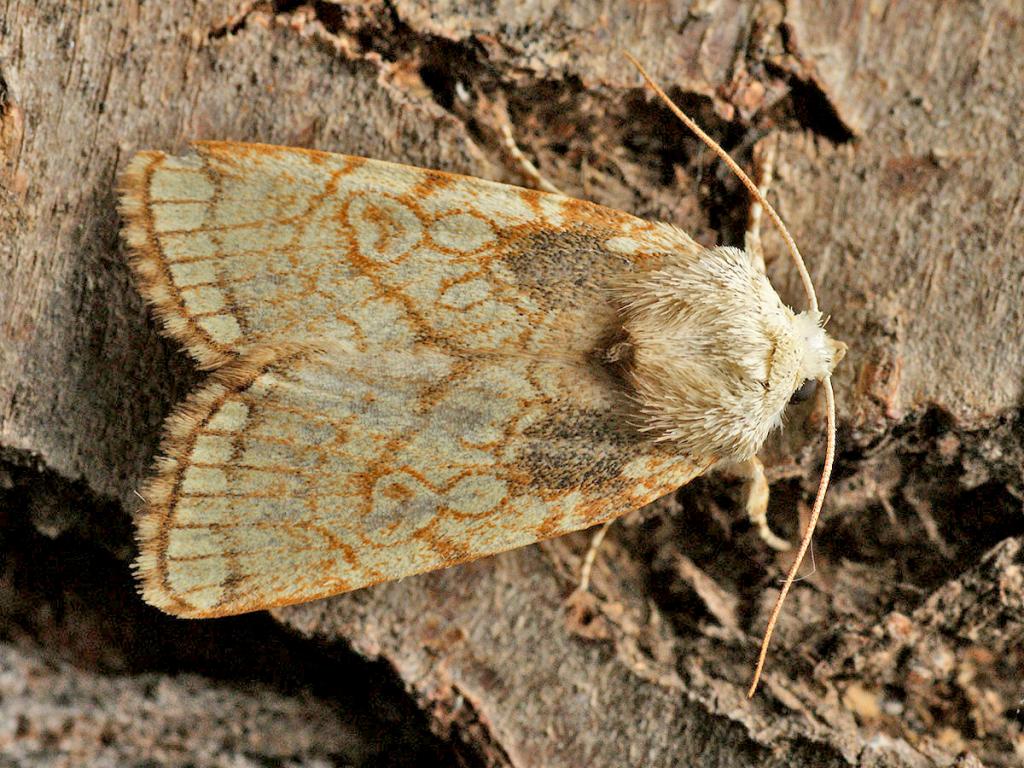
Heart moth - Ilia Ustyantsev
Heart moth
Ilia Ustyantsev
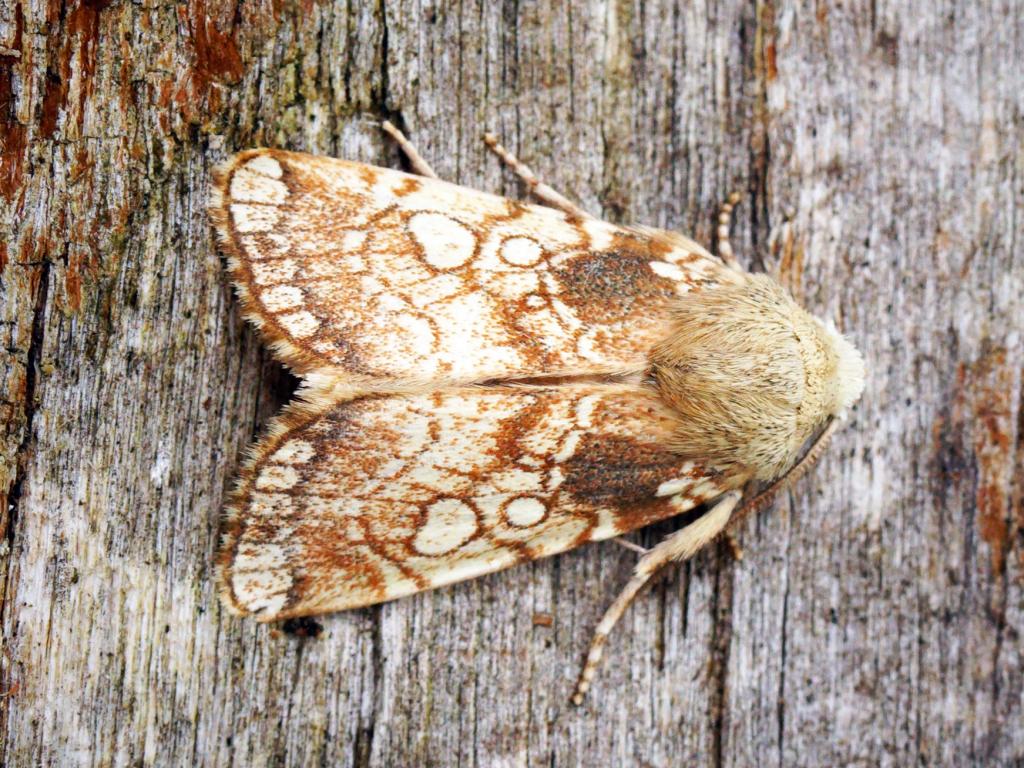
Heart moth - Ben Sale
Heart moth
Ben Sale
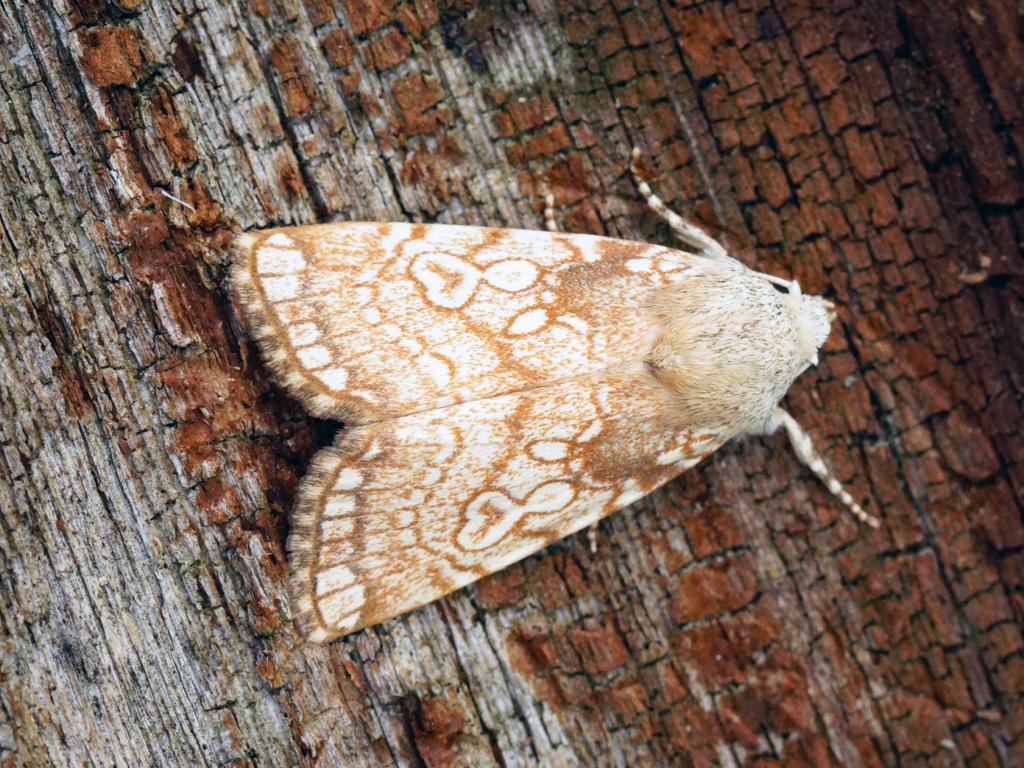
Heart moth - Ben Sale
Heart moth
Ben Sale
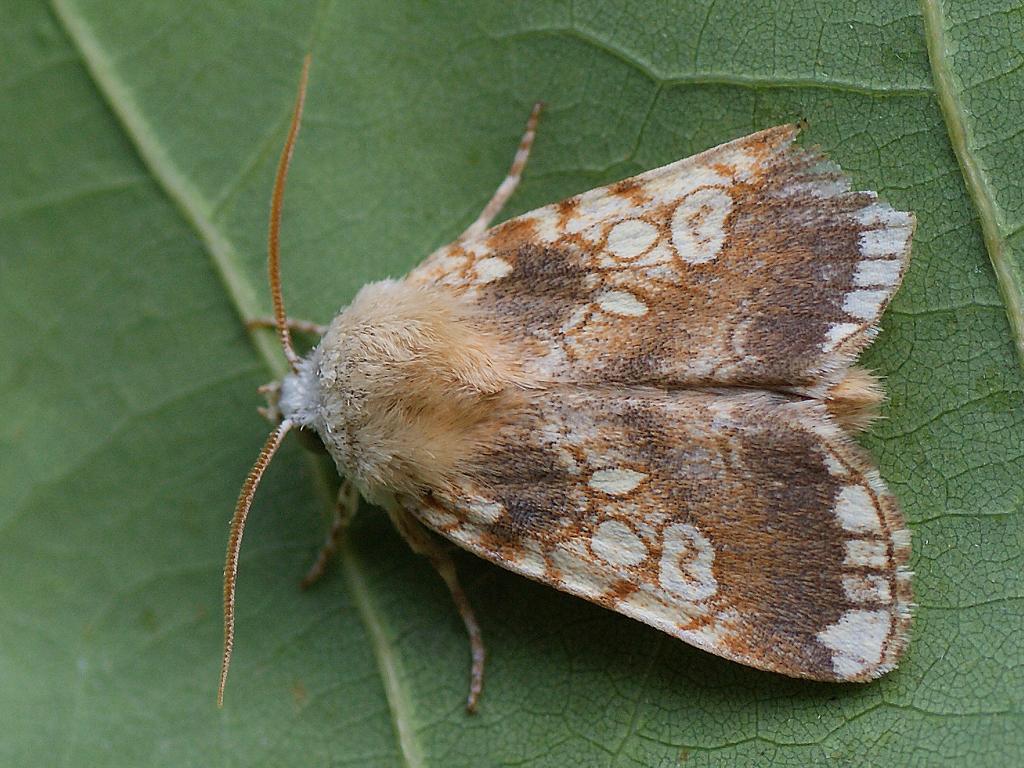
Heart moth - Ilia Ustyantsev
Heart moth
Ilia Ustyantsev
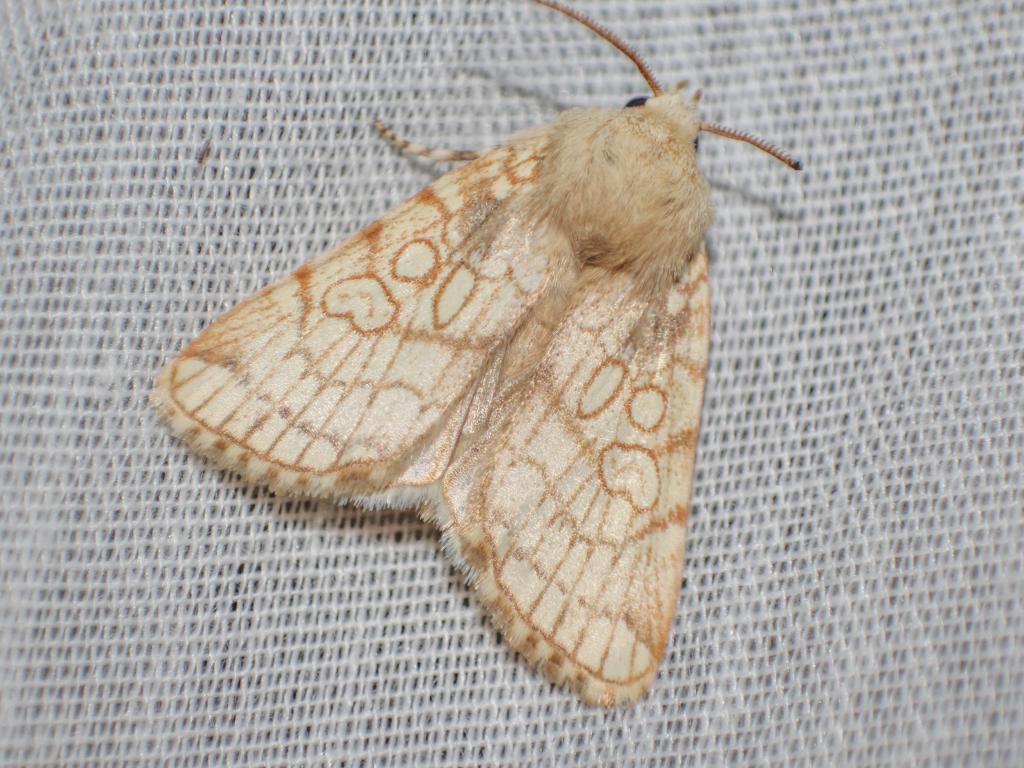
Heart moth - Marcell Kárpáti
Heart moth
Marcell Kárpáti

